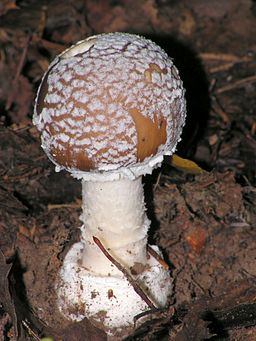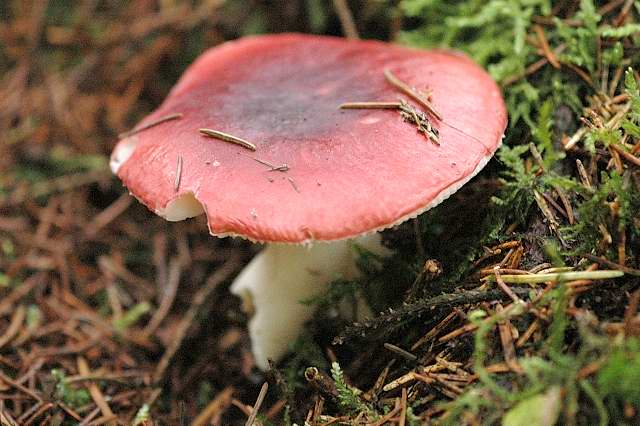The roots of what we in England now know as Forest Schools
can be traced back to Scandinavia, ‘Friluftsliv’ literally ‘fresh air life’ was
originally a Norwegian expression and is a concept deeply ingrained in their
culture (Knight 2009). ‘Friluftsliv’ is also an integral part of the Swedish
national curriculum; this approach is extended to all age groups in Scandinavia
including the pre-school age group with ‘skogsmulle’ in Sweden and ‘Naturbørnehaven’
in Denmark.
Skogsmulle
The Swedish approach to Forest School style programs for
pre-school children began in 1957 with Gösta Frohm (Joyce 2004)who at the time
was head of the Swedish Society for Outdoor Life (Friluftsfrämjandet). He
believed that from a very early age children should have opportunities to learn
about sustainability and the environment (Joyce 2004).
Bringing Forest School to the UK
" The
children set their own agenda, cook [on open fires], listen to storytelling,
sing songs, and explore at their own level. They are able to climb very high
into the trees on rope ladders and swings, and sit and whittle sticks with
knives, alone " (Trout 2004).
This was an observation made during the trip to Denmark in
1994 by the early years department of Bridgewater College which began the
formal development of Forest Schools in this country. Within the UK forest schools expanded slowly,
with the nursery at Bridgewater running forest school sessions, and later with
Edexcel as their examinations board developing a suite of courses to transmit
the forest school ethos (Knight 2009) and train new practitioners. However it
was not until 2002 that a large organisation endorsed Forest Schools, it was
then that The Forestry Commission stated “access to green space is not just
about ‘the environment’. For young children there is perceived to be great benefit
in teaching most subjects in a natural environment” (O’Brien, Tabbush,
2002). Since then Forest Schools had
continued to find favour in this country and throughout the world, Skogsmulle
schools are found in Japan, Latvia, Russia, Germany, Norway, and Finland (Joyce
2004) and within the UK there are now dozens of providers of Forest Schools
programs and training for practitioners.
Although there are now many well established providers of
Forest Schools throughout the country the aims and ethos of Forest Schools is
not always compatible with modern attitudes towards the outdoors and
education. Many parents and other
well-meaning individuals have developed an attitude of ‘risk avoidance’ rather
than one of trying to help children self-manage and approach activities that
may be viewed as ‘risky’ themselves and learn to deal with those situations.
Instead we as a society are now incapable of dealing with risks and have
implemented unnecessary safety measures to avoid them, often at the expense of
freedom and enjoyment (Gill 2007). Some of the activities involved in Forest
Schools can be perceived as risky even something as harmless as ‘playing in the
woods’ is not something that every child can do anymore. Forest Schools are a
good way of redressing this balance and hopefully parents will feel more
comfortable about their children taking part in activities in the woods and
countryside as part of a Forest School course where there is less perceived
risk if not on their own. This will be discussed more in the following essay on
the Forest School leader’s role.
With regard to the curriculum and summative assessment led
nature of modern education Forest Schools with its very open learner centred
approach does not quite fit in, or at least has a niche all of it’s own. The
fact that a learner will not finish a Forest School course with a recognised
qualification and that there is no funding to be had for an institution for
learners who take part in Forest Schools courses makes Forest Schools an investment on the
part of many institutions which they will see no financial gain from. This may
be an issue for many institutions and although there are organisations which
support Forest Schools such as the Forestry Commission, Woodland Trusts and
some local authority’s this lack of funding may be a hindrance for many who
would otherwise be involved in Forest Schools.
Philosophy and Aims
The best way to illustrate the philosophy and aims of forest
schools is with this diagram:
Figure 1; Friluftremjanded 2006
This diagram focuses on the environmental education aspect
of Forest Schools but other areas (and indeed in this country at least the
environmental education aspect of Forest Schools would probably be considered
secondary to the social development of participants) of development among Forest Schools
Participants may include;
·
Creative development
·
Physical development
·
Maths development
·
Communication, language and listening
·
Personal, social and emotional development
·
Knowledge and understanding of world.
·
(Forest Research 2005)
A Forest Research report on Forest Schools in England
included the following which I think summarises very effectively the key
features of a Forest School.
·
The use of a woodland (and therefore ‘wild’)
setting that is framed by
strict safety
routines and established boundaries that allows the flexibility and
freedom for
child-initiated (not only issue-led) learning and other innovative
approaches to
learning to take place in a low-risk environment. This woodland
setting is
important particularly for children from areas of the country where
there is little
opportunity for contact with the natural environment.
ƒ
·
Learning can be linked to the national
curriculum and foundation stage
objectives whilst setting those
objectives in a different context, and it is not
focused just on the natural
environment. By incorporating innovative
approaches to learning (such as
undertaking small and easily achievable
tasks) children are encouraged to develop
their innate curiosity and
motivation to learn. This is
particularly important for those who find it difficult
to assimilate knowledge in a strictly
‘classroom’ environment.
ƒ
·
The freedom to explore using multiple senses is
fundamental for
encouraging creative, diverse and
imaginative play. The focus is on the
‘whole child’ (not just their
academic ability) and how they can develop their
own learning styles at their own pace
whilst maximising the benefits from
each experience they discover for
themselves.
ƒ
·
Regular contact for the children over a
significant period of time (e.g. all
year round, in all weathers). Regular
can mean anything from fortnightly
during a school term to one morning,
afternoon or day every week for twelve
months or more. This is coupled with
a clear set of safety routines and
boundaries that allow children to
develop a responsible attitude to risk whilst
becoming familiar and confident
enough to explore and interact with an everchanging natural environment.
ƒ
·
A high adult to pupil ratio (e.g. Groups are
small with approximately twelve
children per session) allows for
children to undertake tasks and play activities
that challenge them but do not put
them at undue risk of harm. It also allows
practitioners quickly to get to know the
individual learning styles, abilities and
characteristics of the children in
their charge.






















